1 THE CAPACITY PLANNING PROBLEM The fundamental issue in this problem is to determine the appropriate type and level of production capacity at each of several locations A periodic planning model, with each period representing one year, fits naturally with the existing planning process at GM and is used in the model It is also related to previous Capacity planning is the practice of planning/determining production capacity and workforce needs to make sure your supply chain is equipped to meet demand Capacity planning lets businesses know how and when to scale, identify bottlenecks, create better design capacity, and mitigate risk, within a planned period of timeCapacity planning with competitive decisionmakers Trilevel MILP formulation and solution approaches Carlos Florensa Campo a, Pablo GarciaHerreros , Pratik Misrab, Erdem Arslan b, Sanjay Mehta , Ignacio E Grossmanna, 5 aDepartment of Chemical Engineering, Carnegie Mellon University, Pittsburgh, USA bAir Products and Chemicals, Inc Allentown, USA

Which Of The Following Is Not A Factor In Capacity Chegg Com
What is level capacity strategy
What is level capacity strategy-Planning a chase approach C) master scheduling D) shortrange planning 11 Which of these is not considered to be a capacity option?• The number of passengers per flight on an aeroplane




Choosing The Right Planning Approach For The Case Company Download Scientific Diagram
A period's planned quantity of output is equal to that period's expected demand Level capacity strategy When an organization adopts the level capacity strategy then it manufactures at a constant output rate It does not consider any fluctuation or change in the level of demandA Multilevel Approach to Planning and Scheduling Resources for Aviation Training Michael Johnstone a, Vu Le a, Ana Novak b, Burhan Khan a, Doug Creighton a, Luke Tracey b and Vivian Nguyen b a Centre for Intelligent Systems Research, Deakin University, VIC, Australia b Defence Science and Technology Group, VIC, Australia Email luketracey@dstodefencegovauCapacity Planning refers to the arrangement in which organizations or teams match employees together with the needs of a project Capacity is the optimum level of work that can be done within an established period Usually, it is measured in the quantity of work that is carried out by employees
Level Capacity Plan Definition An approach to mediumterm capacity management that attempts to keep output from an operation or its capacity constant, irrespective of demand Operations Management by Nigel Slack, Alistair BrandonJones, Robert JohnstonGroups to plan systematic capacity building approaches, and provides more comprehensive information how to design an integrated capacity building strategy for country teams 3 Capacity Building, Country Ownership, and Transition PEPFAR has identified ‗capabilities' as an important dimension of country ownership ivLead capacity planning is the most radical of the capacity planning strategies, as it involves changing capacity in anticipation of market demand Hiring can be a slow process, and lead capacity planning allows organizations to prepare for growing or rapidly evolving markets
Below introduces four key components of the UNDP resultsbased approach and reflects UNDP's approach to planning, monitoring and evaluating for development results within the context of capacity development5 a Strategic Planning For formal institutions, the identification of desired impact, outcomes, and outputs should emanate from a straPlanning for capacity in a company is usually performed at two levels, each corresponding to either strategic or tactical decisions, as discussed in Chapter 1 The first level of capacity decisions is strategic and longterm in nature This is where a company decides what investments in new facilities and equipment it should make A new mathematical model that integrates car rental capacity and pricing decisions • A matheuristic approach that obtains good solutions for realworld sized instances • The matheuristic is based on a model decomposition, guided by a genetic algorithm • A structured design of searchboosting initial solutions for the genetic algorithm •




Capacity Planning Everything You Need To Know Opensense Labs




Pdf An Optimisation Approach For Capacity Planning Modelling Insights And Empirical Findings From A Tactical Perspective Semantic Scholar
This systemsbased strategy resulted in demonstrable outcomes related to district preparedness and university engagement in disaster management CONCLUSION University partnerships are an effective method to build districtlevel disaster planning capacity Use of a regional network created a standardized approach across six countries PMIDA methodology for planning and operations management of airport passenger terminals a capacity/level of service approach A methodology is presented herewith to assist in the systematic evaluation of operational conditions of the vital and dynamic processing facilities of airport terminals, which could enhance planning and management practicesAppendix A Capacity Plan Approval The undersigned acknowledge they have reviewed the Capacity Plan and agree with the approach it presents Changes to this Capacity Plan will be coordinated with and approved by the undersigned or their designated representatives List the individuals whose signatures are desired




Project Scheduling Approach To Production Planning Citeseerx
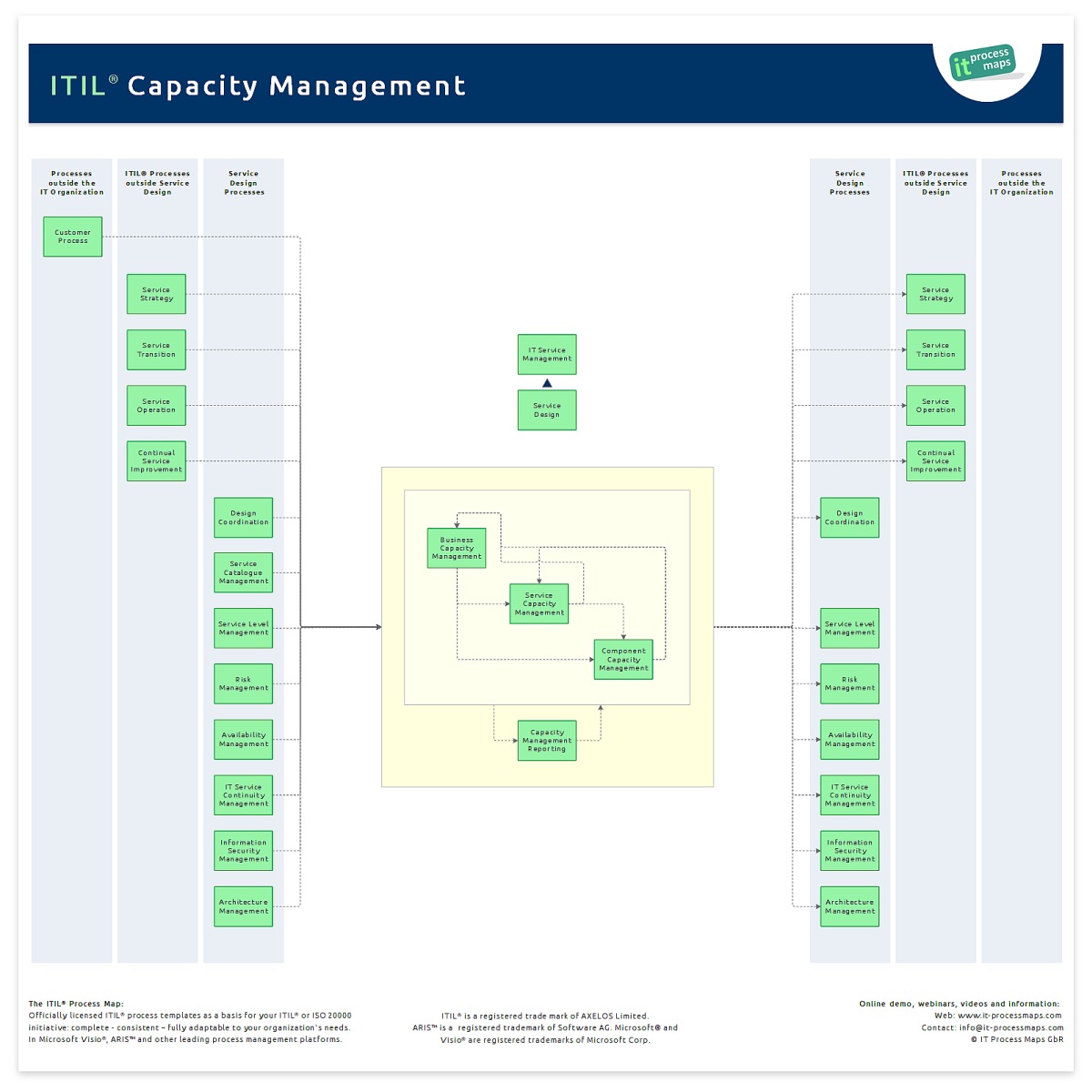



Capacity Management It Process Wiki
Capacity Planning Capacity Planning or Aggregate Planning is defined as the process of aggregating (ie, consolidating or grouping) all the requirements for fulfilling capacity requirements for each period in the intermediate horizon and determining the best way to provide the needed capacity The objectives of capacity planning areTourism carrying capacity is a now antiquated approach to managing visitors in protected areas and national parks which evolved out of the fields of range, habitat and wildlife management In these fields, managers attempted to determine the largest population of a particular species that could be supported by a habitat over a long period of timeTo develop a sustainable regional approach to building operational level capacity for disaster planning This project was implemented through a higher education leadership initiative Project activities were spearheaded by a network of Deans and Directors of public health schools within local universities in the Eastern Africa region



Http Www Frontline Consultants Com Literature Capacity And Demand




Capacity Planning Basics Part 1 Of 2 Wfmanagement
The baseline capacity and grounding any plans to support capacity development or organizational change For this reason, capacity development programming typically takes a facilitation approach, focusing on strengthening interrelationships and commitment, as external efforts cannot usually generate lasting capacity absent internal Capacity planning is defined as a method to gauge the production capacity needed to meet the changing product demands of an organization Two terms of design capacity and effective capacity are used extensively in the context of capacity planning The first is the maximum work that is completed in a specific period by an organization, and the latter is the Here's a short checklist for highlevel capacity planning Establish CrossFunctional Team To collaborate and communicate about resources, as you're looking across different projects or programs, you want a crossfunctional team with different levels and different functions




Applied Sciences Free Full Text Design And Simulation Of A Capacity Management Model Using A Digital Twin Approach Based On The Viable System Model Case Study Of An Automotive Plant Html




Chapter 5 Strategic Capacity Planning For Products And Services Pdf Free Download
Capacity levels for the planning period The second step will be to identify the alternative capacity plans which could be adopted in response to demand fluctuations The third step will be to choose the most appropriate capacity plan for their circumstances2 13 Importance of the issue in the point of capacity controlREACTIVE CAPACITY PLANNING An Alternative Approach CMG 05 Dick Arnold dick l arnold@jpmchase com Capacity planning is a strategic process whereby a company determines what level of capacity it will need to satisfy the level of demand for
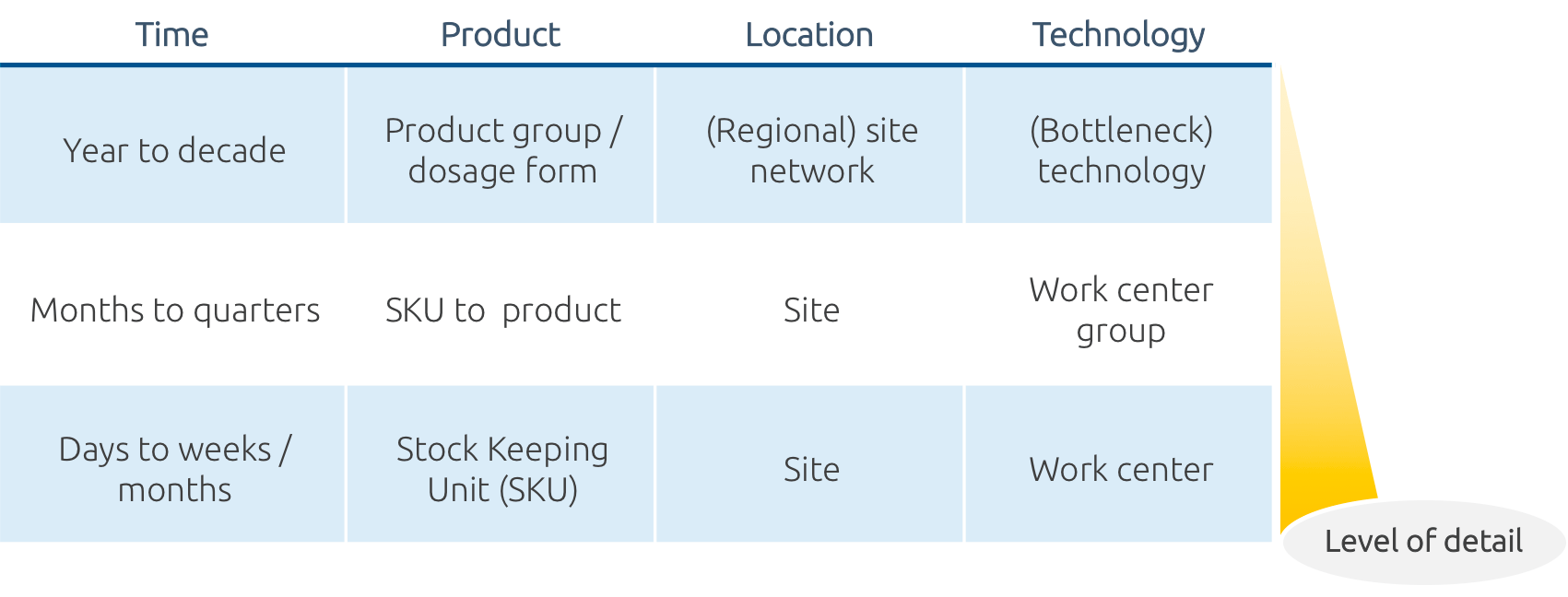



Demand Capacity Planning Jsc
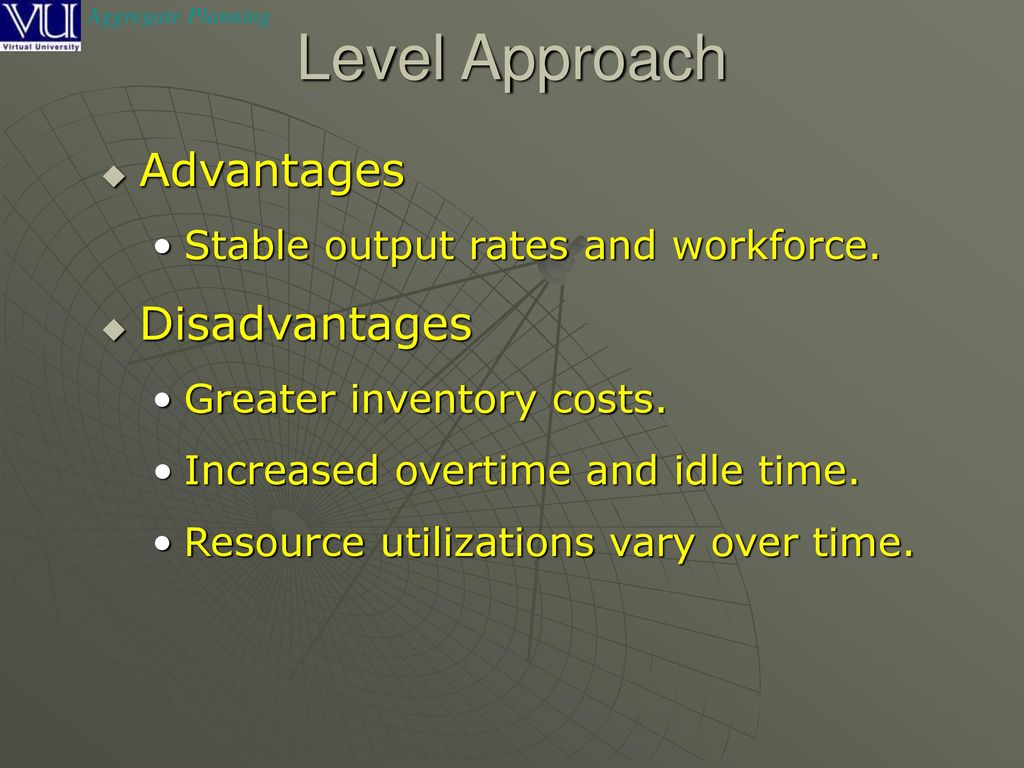



Basic Strategies Level Capacity Strategy Chase Demand Strategy Ppt Download
Within the capacity of the chosen architecture, the customer has the ability to add and remove features from the overall scope (product backlog) at the start of every iteration Only at the end of the project is the complete scope known Traditional planning approaches, on the other hand, try to fix the scope as much as possible early in the project Capacity management is (or at least should be) a core strategic process of your IT service management (ITSM) practice – as understanding the capacity of each IT service, and the factors affecting capacity of services, is a key element of building appropriate and impactful service level agreements (SLAs)And capacity development plan with participatory validation of findings and action planning These phases are presented below As proposed by a more comprehensive capacity assessment approach in the NAPAg Guidelines and resources permitting, broader consultations beyond national level will include subnational levels as well as other




Topic Capacity And Facilities Subject Operation Management Guided




Topic Capacity And Facilities Subject Operation Management Guided
Outsourcing, subcontracting, varying the plant capacity passing on the work, and meeting the production requirements Aggregate planning strategies Two types of strategies are used in aggregate planning Level strategy, and chase strategy The third approach is utilizing the best of both strategiesThe next level of operational, programmatic, financial, or organizational maturity, so Sector New England (TSNE), suggests that a network approach to capacity building is a more effective way to create social change on a large scale Through data gathered over the course of an eightyear network planning Whatever the reason, examplesLevel Capacity Plan The inventory size is varied keeping the workforce size and utilization of work constant The number of workers ( working size) is kept constant throughout the time period under consideration During months of low demand the excess units required over the units produced are taken from the inventory




Strategy Under Uncertainty



1
(1) Aggregate planning is an intermediate range planning approach that determines the level of output for a given service or product by managing the capacity using different production strategies Compare and contrast "chase demand" and "level capacity" strategies in aggregate planningCapacity planning is longterm decision that establishes a firm's overall level resources It extends over a time horizon long enough to obtain resources Capacity decisions affect the production lead time, customer responsiveness, operating cost and company ability to compete Level Approach This is considered the best approach to manage project outputs and workforce activities in a stable position The level approach is strategized by keeping the capacities in persistence during the aggregate planning phase Annualized Hour in Aggregate Planning
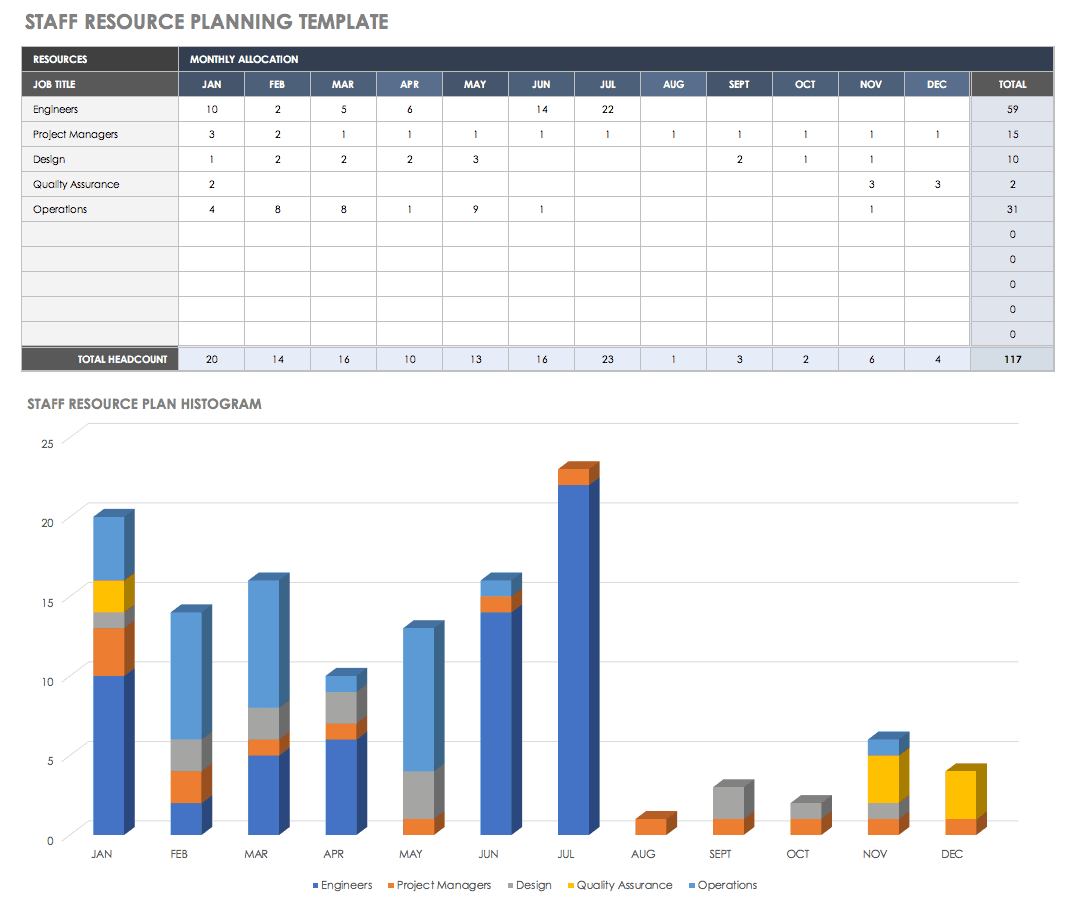



Ultimate Guide To Resource Planning Smartsheet




Capacity Planning Cp 1 Ppt Powerpoint
What is Capacity Planning?Simply put, if capacity is the means to plan and achieve, then capacity development describes the ways to those means An essential ingredient in the UNDP capacity development approach is transformation For an activity to meet the standard of capacity development as practiced and promoted by UNDP, it must bring about transformation that isCapacity management affects all areas of an operation Capacity measures the rate that the operation can transform inputs into outputs Capacity is about the quantity of a product or service that can be made within a given time period This, for example, could be;




Capacity Planning What Is It And How Do I Implement It Projectmanager Com




Capacity Planning Types Lead Lag Average Strategies Video Lesson Transcript Study Com
General approach for the development of an aviation training At a detailed level, the roadmap will provide CAAs and aviation service providers plans of actions to ensure they meet capacity needs in terms of occupations, to develop or maintain the number capacity‐building plans established by ICAO Member StatesProcess of capacity planning because the provide information on future demand Thus, the importance of forecasting to capacity planning cannot be overstated The primary goal of capacity planning is to match supply to demand Having a forecast of demand is essential for determining how much capacity will be needed to meet present and future demandLevel capacity strategy When an organization adopts the level capacity strategy then it manufactures at a constant output rate It does not consider any fluctuation or change in the level of demand This may lead to stockpiling or holding of inventory in high quantity, when there is a decrease in the demand level




Ppt Strategic Capacity Planning Defined Powerpoint Presentation Free Download Id



1
A crosslayer approach for WLAN voice capacity planning IEEE Journal on Selected Areas in Communications, 00 Weihua Zhuang Download PDF Download Full PDF Package This paper A short summary of this paper 37 Full PDFs related to this paper Read PaperThe level capacity strategy involves maintaining stable workforce level and output rates over the planning horizon This allows the firm to maintain inventory levels of finished products higher than expected in situationsThis 4year project focused on building operational level public health emergency response capacity, which had not previously been part of any national program Use of the allhazard approach rather than a scenariobased contingency planning led to the development of a standardized curriculum for training both inservice and preservice personnel




Ejoc2afl0a 8dm




Aggregate Planning Definition Importance Strategies Management And Advantages
A) use of backorders B) use of overtime C) use of subcontractors D) use of temporary workers 12 Which of these is not a disadvantage of a level approach as compared to a chase approach?




A Multi Level Modeling Approach For Simulation Based Capacity Planning And Scheduling Of Aircraft Maintenance Projects Semantic Scholar




Capacity Planning



Iteration Planning Scaled Agile Framework
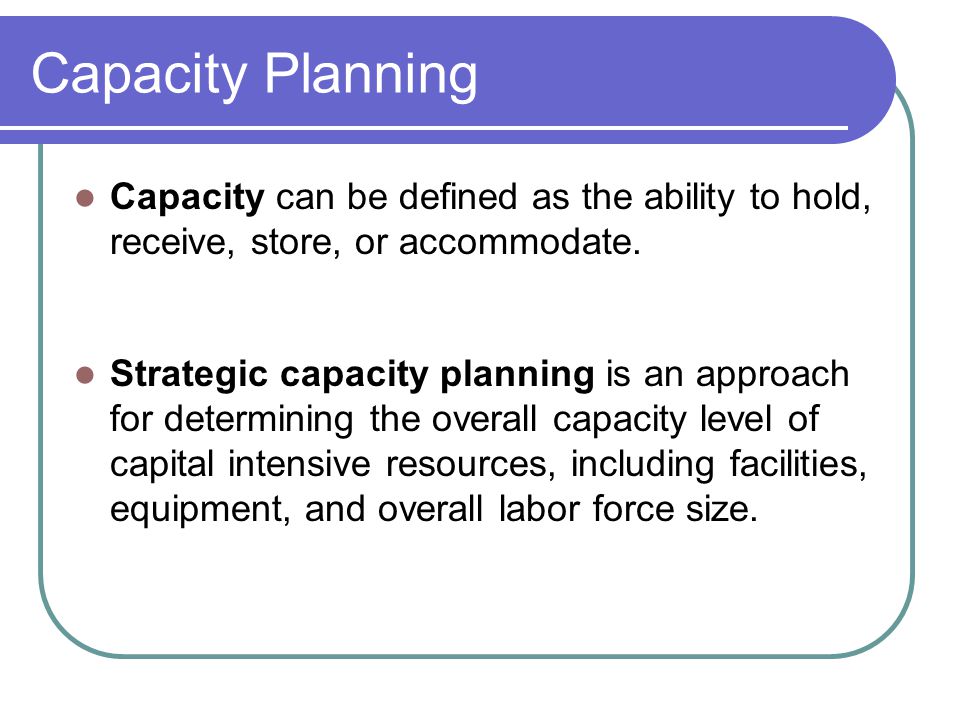



Capacity After Deciding What Products Services Should Be Offered And How They Should Be Made Management Must Plan The Capacity Of Its Processes Capacity Ppt Download
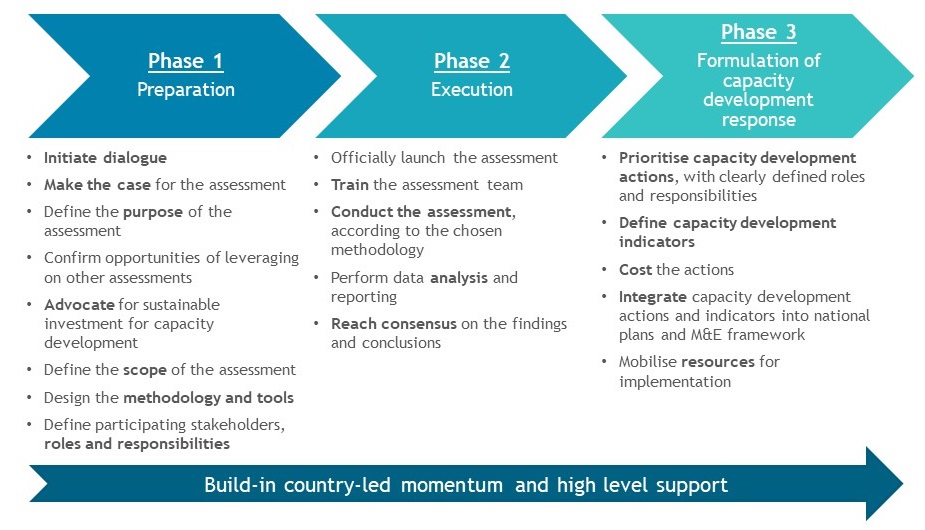



Nipn Capacity Development Plan Nipn




Aggregate Planning Strategy Organization Levels System Examples Model Type Company System




Production Planning Wikipedia




Chapter 12 Aggregate Planning Doc Inventory Mathematical Optimization




Capacity Planning What Is It And How Do I Implement It Projectmanager Com




Everything About Capacity Planning Strategies Its Benefits



Http Publications Lib Chalmers Se Records Fulltext 2287 Local 2287 Pdf




Aggregate Planning Lecture Notes 10 14 Studocu
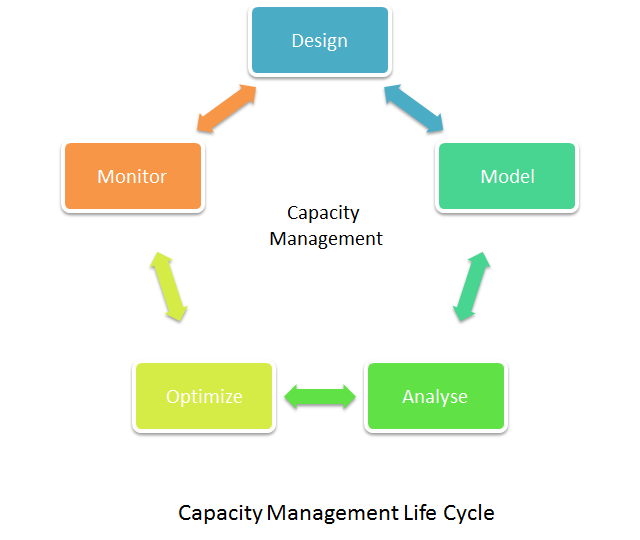



What Is Capacity Management Definition And Faqs Omnisci




Aggregate Plans For Companies With Tangible Products Operations Management An Integrated Approach 5th Edition Book




What Is Capacity Planning Examples Types Optimoroute




Which Of The Following Is Not A Factor In Capacity Chegg Com
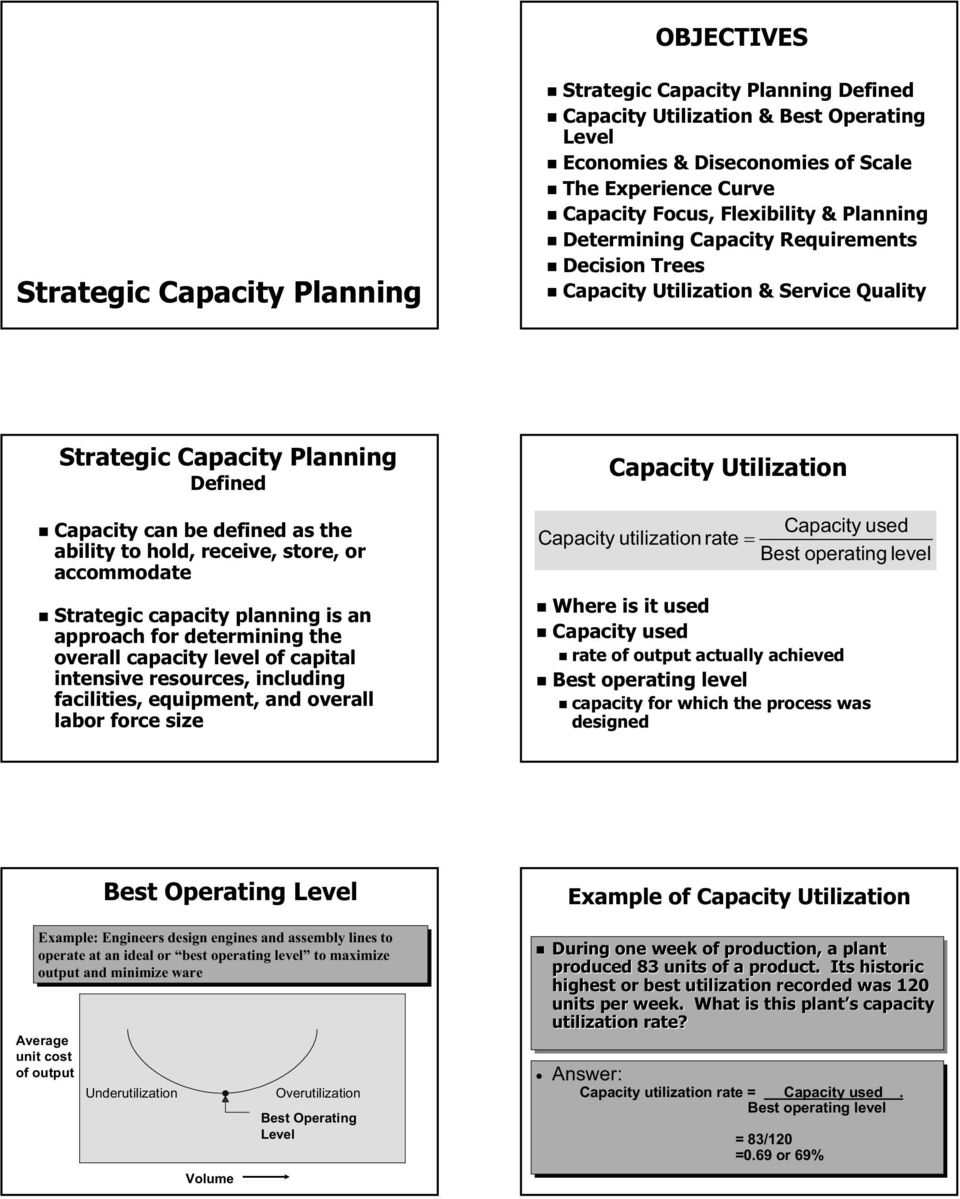



Aggregate Capacity Planning Pdf Free Download




7 1 Capacity Planning Saylor Bus300 Operations Management




Choosing The Right Planning Approach For The Case Company Download Scientific Diagram




Production Planning Control Chapter 2 Aggregate Planning Master Production Scheduling Chapter2 1 Pdf Free Download




Pdf A Multi Level Modeling Approach For Simulation Based Capacity Planning And Scheduling Of Aircraft Maintenance Projects Semantic Scholar




5 Capacity Planning For Products And Services Mc




Capacity Planning Everything You Need To Know Opensense Labs




What Is Capacity Planning Examples Types Optimoroute
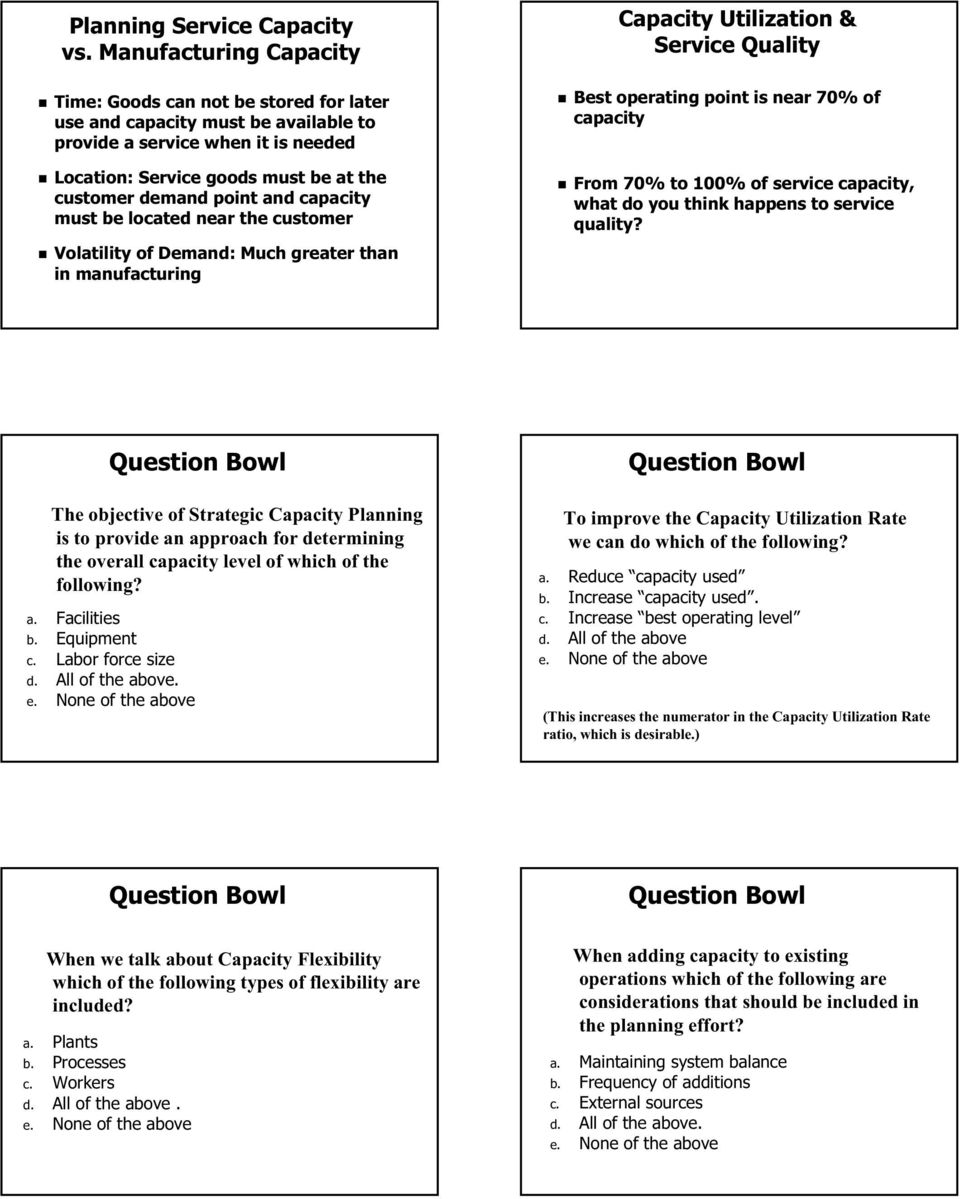



Aggregate Capacity Planning Pdf Free Download




4 Steps To Strategic Human Resource Planning Lucidchart
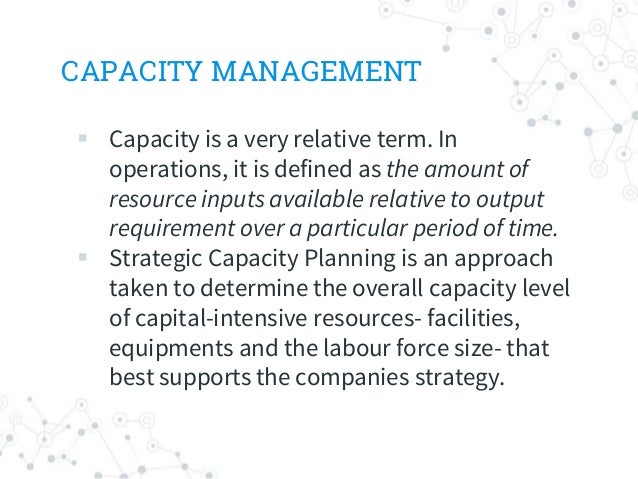



Capacity Management
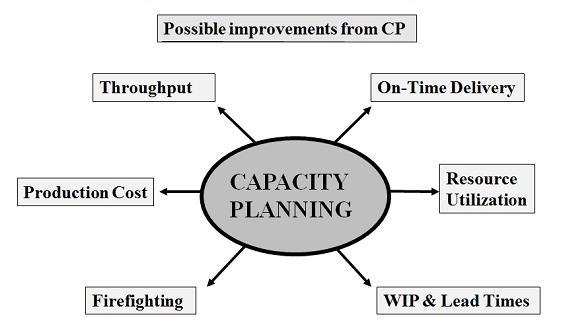



Concept Of Capacity Planning And It S Procedure Importance Management Study Hq




Level Capacity Plan Approach Ppt Powerpoint Presentation Summary Cpb Powerpoint Shapes Powerpoint Slide Deck Template Presentation Visual Aids Slide Ppt




Excel Based Resource Plan Template Free Download Project Management Templates




Evaluating Capacity Development Better Evaluation




Capacity Planning Basics Part 1 Of 2 Wfmanagement
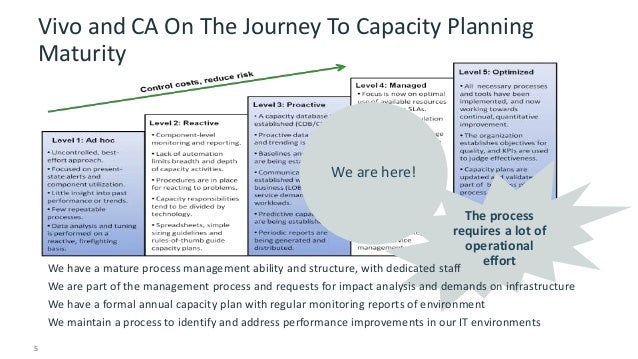



Case Study Vivo Automated It Capacity Management To Optimize Usage O




Elements Of Who Capacity Building Plan 36 Download Table
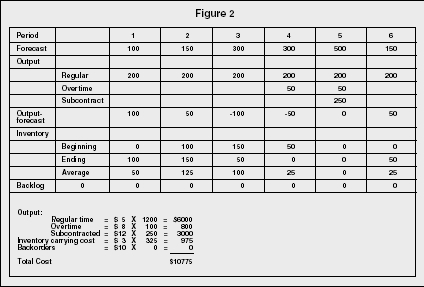



Aggregate Planning Strategy Organization Levels System Examples Model Type Company System




Your Guide To The Key Steps Of Capacity Planning And Management Galileo Performance Explorer
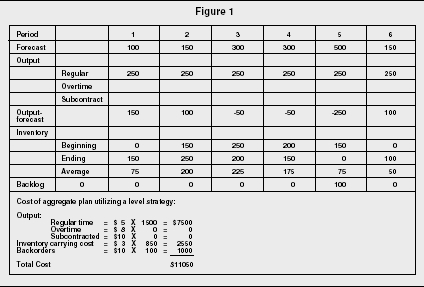



Aggregate Planning Strategy Organization Levels System Examples Model Type Company System



1
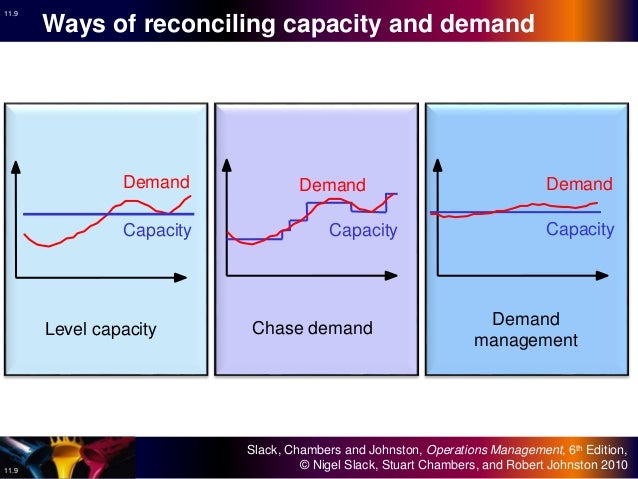



11 Capacity Planning And Control Operations Management




Capacity Management In Industrial Engineering Economies Of Scale Output Economics
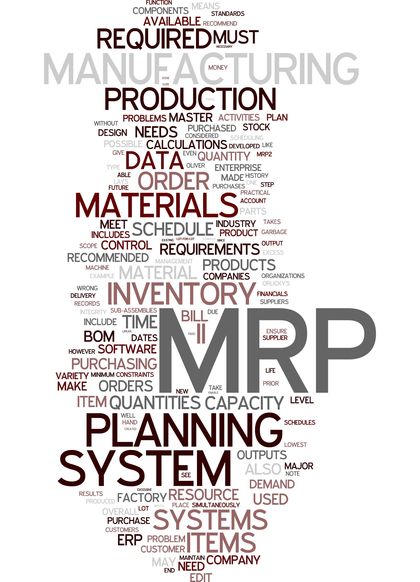



Capacity Planning Organization System Examples Definition System Long Term Capacity Planning
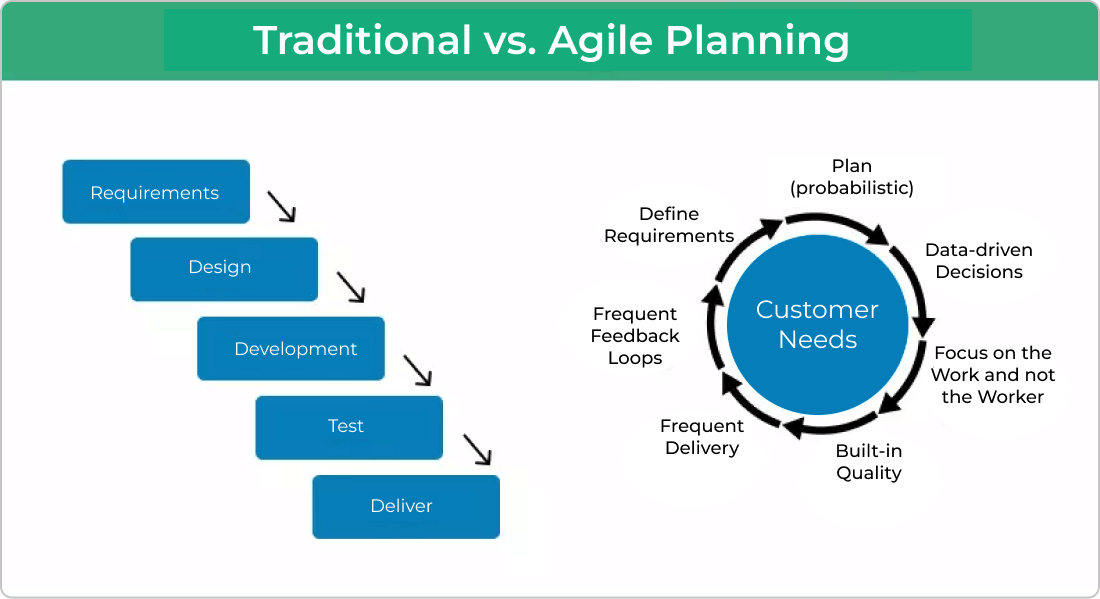



The Complete Beginners Guide To Agile Project Planning



Q Tbn And9gcqytvm28phg Flc1jbxscbyoduapoqtpbknwdc60pk3a2805i I Usqp Cau
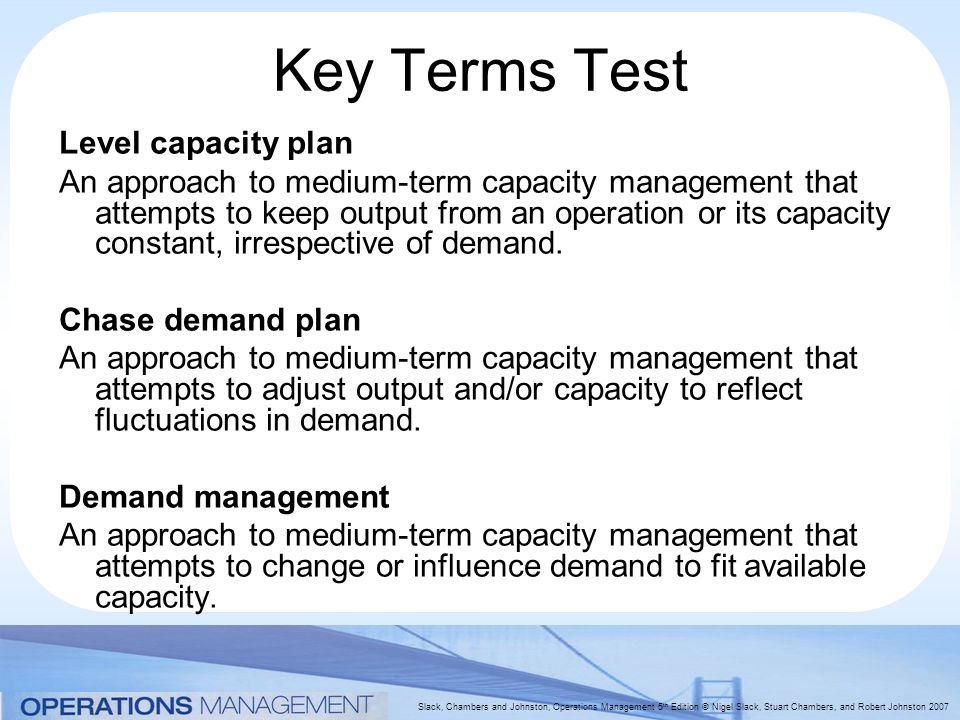



Capacity Planning And Control Ppt Video Online Download




Sales And Operations Planning Relex Solutions




Capacity Planning What Is It And How Do I Implement It Projectmanager Com




Strategic Capacity Planning Capacity Utilization




Framework Of Capacity Planning Model Download Scientific Diagram




Production Planning An Overview Sciencedirect Topics




The 3 Steps Of Capacity Planning And How They Apply To Your Process




Mcq S Week 7 Capacity Management Chapter Week Capacity Management Which Of The Studocu
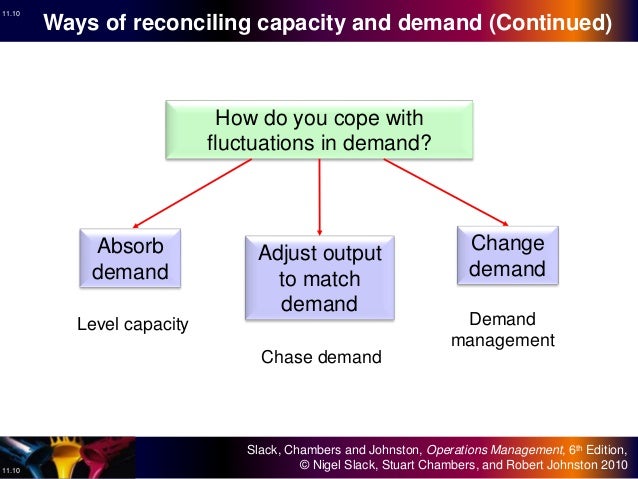



11 Capacity Planning And Control Operations Management
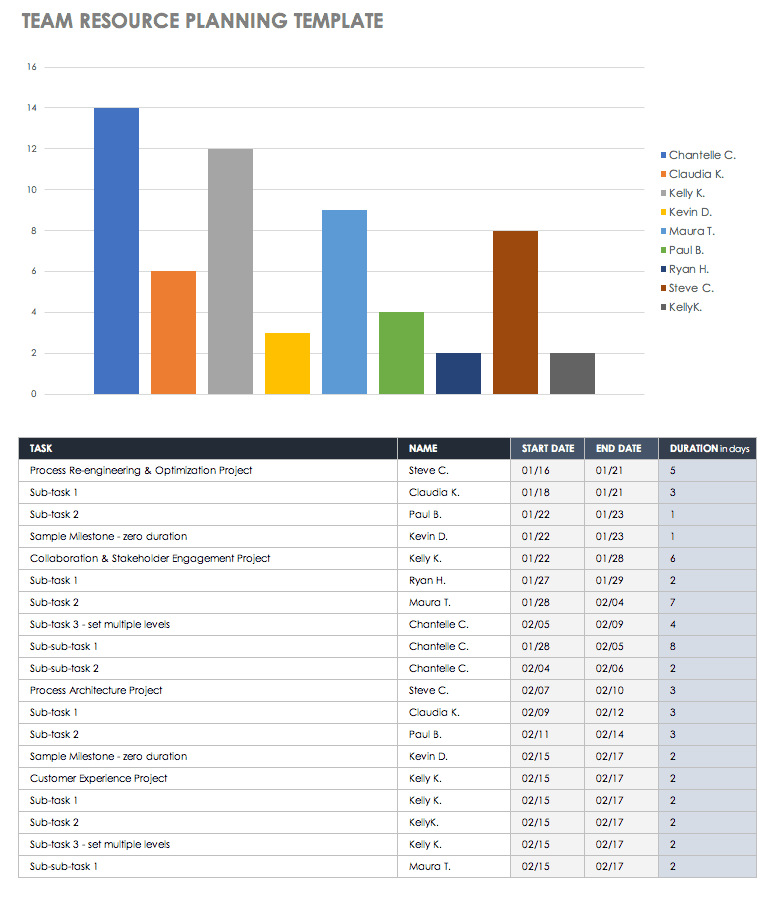



Ultimate Guide To Resource Planning Smartsheet




Everything About Capacity Planning Strategies Its Benefits




Capacity Planning What Is It And How Do I Implement It Projectmanager Com




Pdf A Multi Level Modeling Approach For Simulation Based Capacity Planning And Scheduling Of Aircraft Maintenance Projects Semantic Scholar




Top 12 Resource Management Best Practices Planview



Level Capacity Plan Level Capacity Plan The Inventory Size Is Varied Keeping The Operation Management




Jira Work Management Atlassian S New Solution For Business And Operations Teams Oxalis Io




Operations Management Chase For Competitive Advantage Aquilano Ninth




Evaluating Capacity Development Better Evaluation



Optimizing Productivity Analysis For Better Factory Performance Applied Materials




Itil Capacity Management Bmc Software Blogs




5 1 Capacity Planning Operations Management William J




What Is Material Requirements Planning Mrp




Chapter 3 Strategic Capacity Management Ppt Video Online Download




Importance Of Capacity Planning Docx Employment Design




Book Production And Operations Management



What Is Capacity Planning Examples Types Optimoroute




What Is Capacity Planning Examples Types Optimoroute




Production Planning Wikipedia




Success Factors For Ddmrp In A Constrained Manufacturing Environment I Camelot Blog




Pdf An Approach To Capacity Planning Of Distribution Warehouses For X Firm Semantic Scholar




1 Capacity Planning Framework Download Scientific Diagram




Solved Which Of The Following Is Considered To Be Advanta Chegg Com




Ch11 Strg Capacity Mgt Ppt Powerpoint
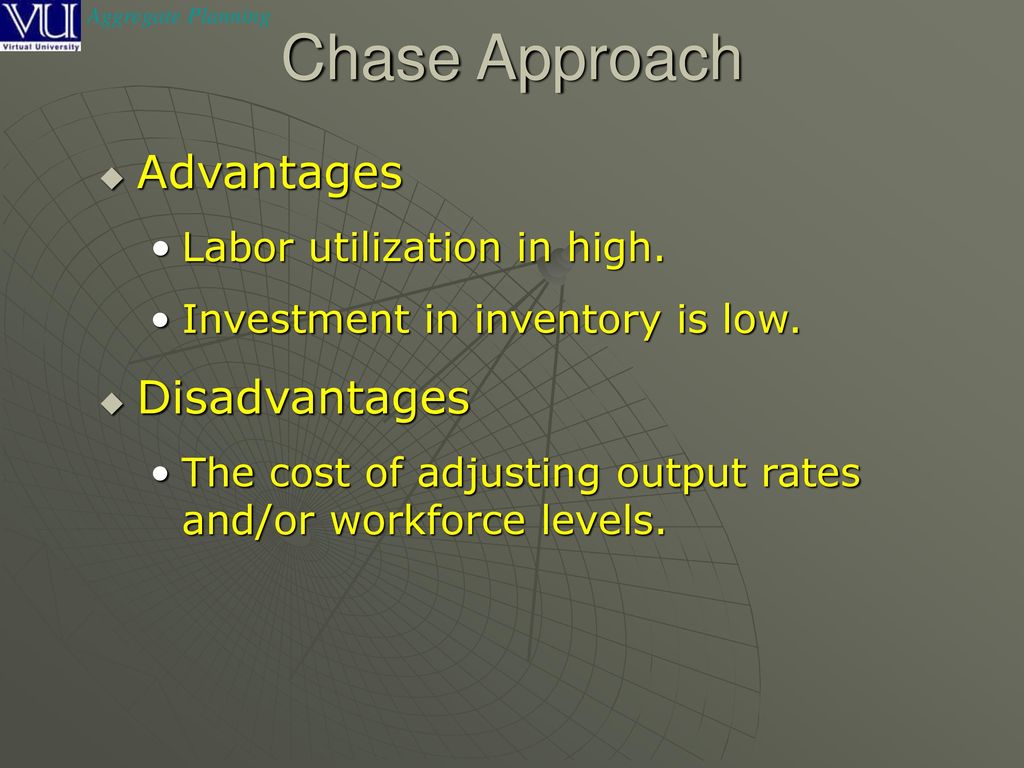



Basic Strategies Level Capacity Strategy Chase Demand Strategy Ppt Download



Cmg Org Wp Content Plugins S2member Files Proceedings 17 5 Ja Baker Pdf



Strategy And Governance Eitbok




Level Capacity Plan Approach Ppt Powerpoint Presentation Summary Cpb Powerpoint Presentation Slides Ppt Slides Graphics Sample Ppt Files Template Slide




Who Human Capacity Building Plan For Scaling Up Hiv Aids Treatment




Capacity Planning And Management Case Study Example Topics And Well Written Essays 1250 Words



0 件のコメント:
コメントを投稿